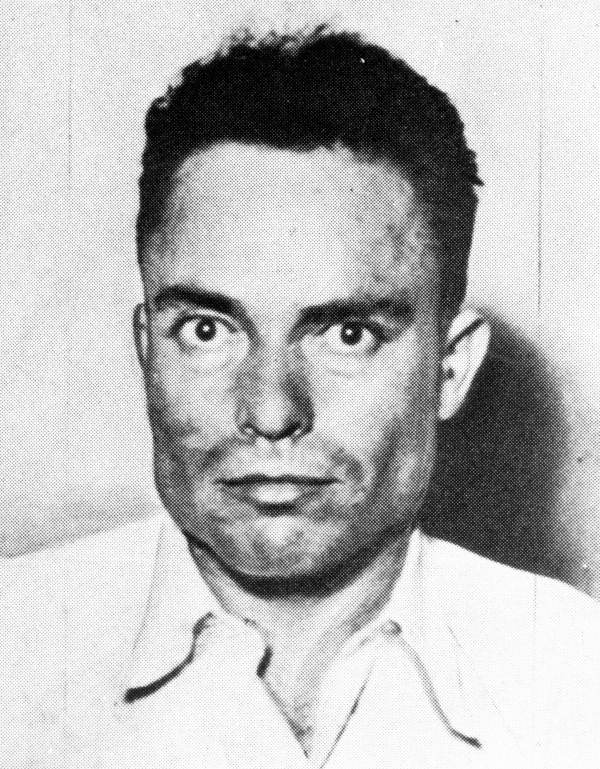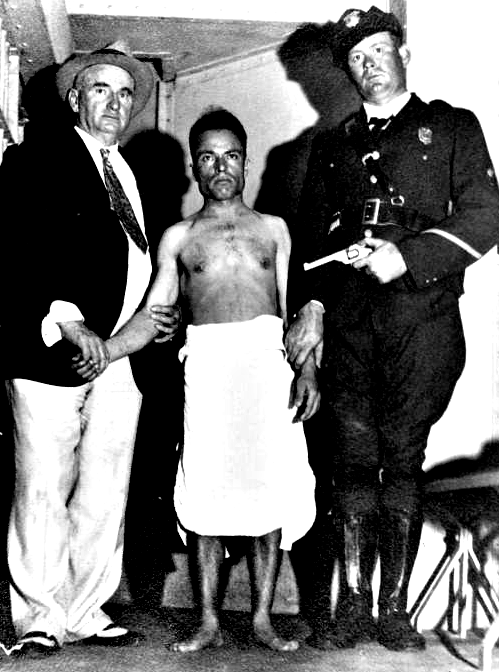
1900 - 1933
Giuseppe Zangara
Summary
Name:
Years Active:
1933Birth:
September 07, 1900Status:
ExecutedClass:
MurdererVictims:
1Method:
ShootingDeath:
March 20, 1933Nationality:
USA
1900 - 1933
Giuseppe Zangara
Summary: Murderer
Name:
Giuseppe ZangaraStatus:
ExecutedVictims:
1Method:
ShootingNationality:
USABirth:
September 07, 1900Death:
March 20, 1933Years Active:
1933bio
Giuseppe Zangara was born on September 7, 1900, in Ferruzzano, a small village in Calabria, Italy. He grew up in a poor family and had little education. As a child, he worked hard on his father's farm, and he claimed that he started experiencing severe abdominal pain at the age of six. After World War I began, Zangara served in the Royal Italian Army in the Tyrolean Alps.
Following the war, Zangara returned to Italy and took on several menial jobs in his home village. In 1923, he decided to emigrate to the United States with his uncle. They settled in Paterson, New Jersey. Zangara became a naturalized citizen of the United States in 1929.
In America, he worked as a bricklayer. His chronic abdominal pain continued to trouble him. Doctors told him that his condition was chronic and that there was no cure. In 1926, he underwent surgery to remove his appendix, but this did not alleviate his pain. After his death, the doctors who performed his autopsy found adhesions on his gallbladder, which were linked to his suffering. In his memoir, Zangara mentioned that his hard labor on the farm likely contributed to his condition.
Throughout his life, observers noted concerns about his mental health. Some believed that he was mentally ill and could not tell right from wrong, while others argued that he was sane.
murder story
On February 15, 1933, Franklin D. Roosevelt was speaking to a crowd from the back of an open car in Bayfront Park, Miami, Florida. Giuseppe Zangara, who had been living off his savings, was among the crowd. He had recently bought a .32-caliber revolver from a pawn shop. Being only 5 feet tall, Zangara struggled to see over the crowd, so he stood on a wobbly bench to get a better view.
As he aimed at Roosevelt, Zangara's gun was close to Lillian Cross, a nearby spectator. When Mrs. Cross noticed the gun, she quickly tried to prevent Zangara from firing by pushing his arm up. While struggling, Zangara managed to fire five shots. The shots struck five people: Mrs. Joseph H. Gill, who was seriously wounded; Miss Margaret Kruis, who suffered minor wounds; Detective William Sinnott, who received a superficial head wound; Russell Caldwell, who had a flesh wound; and Chicago Mayor Anton Cermak, who was near Roosevelt and was hit as well. Roosevelt was unharmed.

Cermak was rushed to the hospital, where he later died from his injuries 19 days later. After the shooting, Zangara confessed to police, stating his intent to kill political leaders. He first pleaded guilty to four counts of attempted murder and was sentenced to 80 years in prison. He then faced a charge of first-degree murder in Cermak’s death. Zangara was found guilty of murder due to the doctrine of transferred intent, meaning it did not matter that he did not kill his intended target.
Zangara was sentenced to death. After just 10 days on death row, he was executed in Florida State Prison on March 20, 1933. His final words were a defiant call, demanding that executioners proceed with the execution without delay.